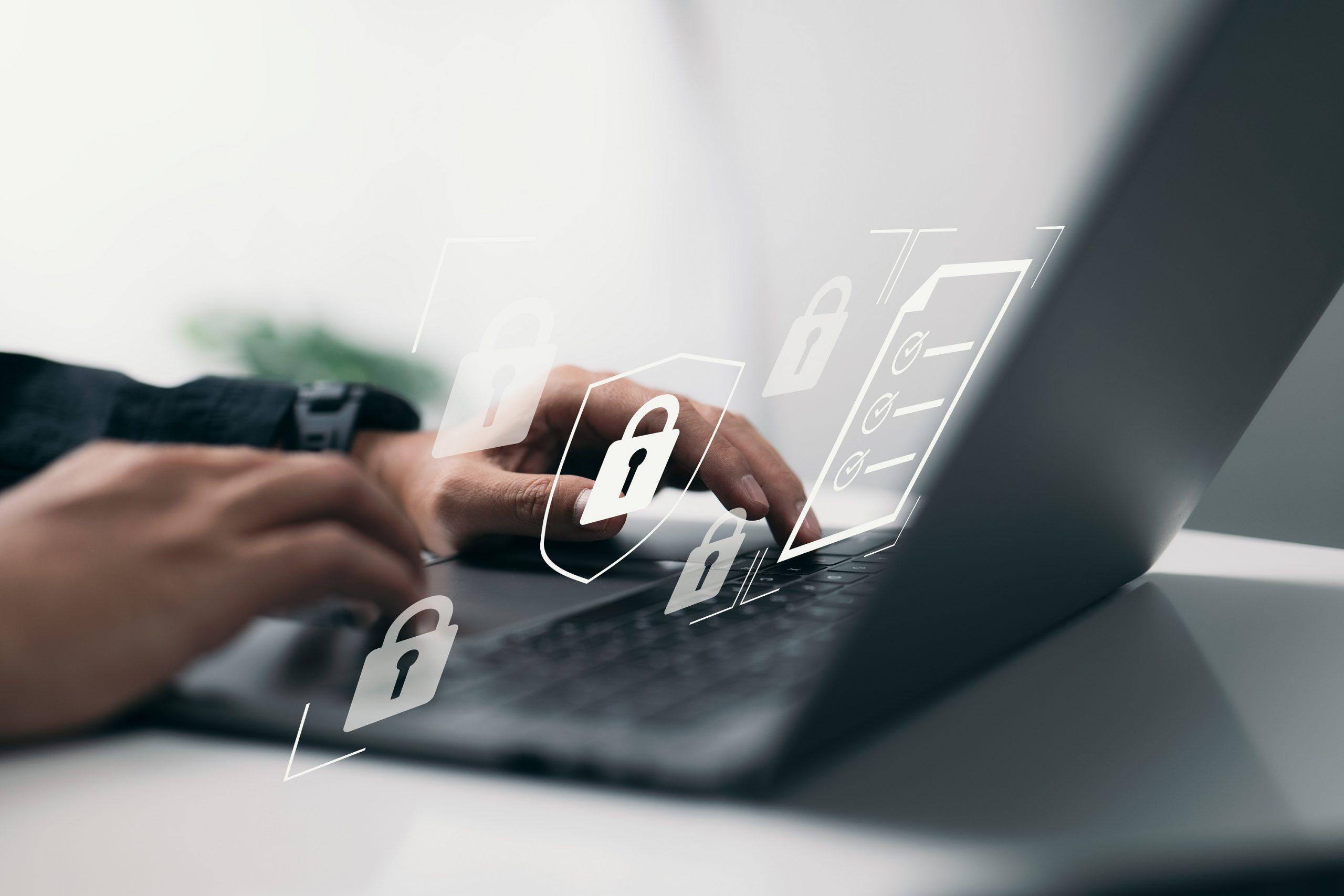Educate your workforce about the importance of security and about the highly evolving threat landscape. Make these below mentioned practices a part of your work culture to prevent your organization from ransomware attacks:
1.Multi-Factor Authentication
Multi-Factor Authentication is one of the most effective controls in preventing unauthorized access by bad actors. Authentication uses two or more different factors to achieve authentication. Factors can be (i) something you know (e.g., a password/PIN); (ii) something you have (e.g., a cryptographic identification device, a token); or (iii) something you are (e.g., a biometric).
2.Password Security
Strong password policy includes longer passwords (12-15 characters minimum), mix characters, password age shouldn’t be more than 60 days, using password manager.
3.Security Culture
Regularly conducting security awareness training fosters a security culture across the organization.
4.Data Security
Regular backups of the data and having a strong DLP policy and controls to prevent egression of data.
5.End Point Security
Endpoint security, or endpoint protection, is the cybersecurity approach to defending endpoints such as desktops, laptops, and mobile devices from malicious activity. Enabling strong spam filters, antivirus or anti- malware security on endpoints is proven to provide a layer of defense to secure the organization.
6.Zero Trust and SASE adaption
The global pandemic further accelerated a trend toward remote work. Traditional, perimeter-based approaches to security will no longer work in a cloud-first environment. Hence, applying zero trust principles to every interaction with that data will enhance the overall security posture. This paradigm shift towards digital transformation calls for a modern architecture to combine cloud access security broker (CASB), Next Generation Secure Web Gateway (NG-SWG), and Zero Trust Network Access (ZTNA) capabilities as foundational for SASE (Secure Access Service Edge).
7.Security Assessments & Upgrades
Regular security assessments, like vulnerability assessments, pen tests, and social engineering assessments, will help in identifying the existing vulnerabilities, weak controls and provide compliance and information assurance.
8.Threat Monitoring
Real-time monitoring for threats helps in early detection and responding to threats while enhancing the security posture.
9.Email Protection
Email protection helps in filtering spam and provides a fortified approach to combat ransomware attacks and many other attacks where users fall prey to phishing attacks.
10.DOS & DDOS protection
Utilizing tools to protect against denial of service or distributed denial of service by whitelisting, blacklisting, and having strong firewalls alongside DNS Security will help in combating DOS/DDOS attacks.
